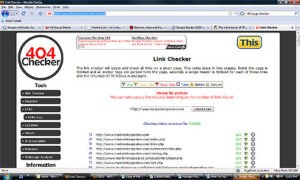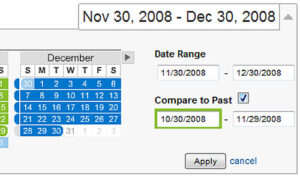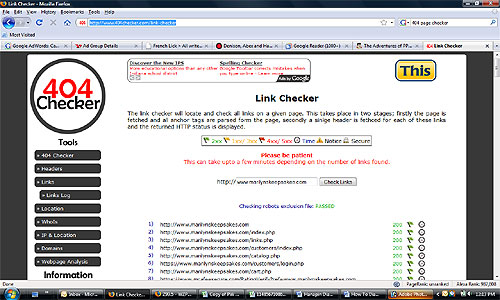It happens to the best of us, you make some changes within an account and realize two days later your clicks or leads have dropped significantly and you’re not sure exactly why. In this post I’ll show you a few ways you can drill down and figure out mysterious problems within your PPC account.
- Keep a log: My first recommendation before you even begin managing PPC accounts is to keep a log of all your activities and changes you make to your account. In Google you can view your change history, however in Yahoo and MSN you must rely on your own notes to determine what you did two weeks ago that may have affected the account today. We use an online program called Basecamp. It’s free (to an extent) and allows you to create messages, to do lists, milestones, track time, submit files and more. It’s how we at Hanapin write down and track all of our changes within our PPC and SEO accounts. This way, when there is a problem, you can go back to your changes log, and review what could have affected a negative change in your account.
- Timing is everything: The first step I would take in determining what caused a problem in my account is the timing of the event. You can run reports in Google, Yahoo and MSN to determine whether the lack of clicks/leads happened over a span of a week, a few days or a couple of hours. (However only in Google can you run a report on hours of the day to get that detailed information.) Once you determine the timing of the event, keep digging further.
- Campaign, ad group and keyword reports: So, let’s say the problem occurred over a span of 2 days. Run a campaign report for those two days, the week before those two days and the week after those two days. Try and pinpoint which campaign saw the largest decrease in clicks/leads. Once you pinpoint the campaign, keep going and drill down further to the ad group level, and then down to the keyword. If you can find the source of the problem at the ad group level or keyword level, you can determine if your cost-per-click had decreased over that time or if you ad position had decreased over that time. That may signal a change in ad group or keyword bid.
- No longer available or 404 errors: Sometimes I’ll find a significant drop in leads from a particular ad group or keyword from a product or service expiring. If you run an ecommerce site make sure your individual products are still active and available for purchase on the website. Sometimes I’ll even find a loss in leads due to a page mysteriously 404’ing on my clients site. The best way to prevent this kind of problem is to use a program link checker which is free to use. The link checker will allow you to enter your website URL and it will check all pages within that URL for broken or not found pages.

- Google Analytics: Using Google Analytics is also a great way to drill down on particular keywords and comparing them to different time frames. You can run a report and when you go to select the date range there is an option to choose ‘compare to past’ where you can select two different date ranges and compare the performance of your keywords within those two date ranges. This way you can see if there has been one keyword or a group of keywords that have declined in performance over those two periods of time.

- Tracking issues: Another thing to look out for is tracking issues. If there is any change in your PPC URL tracking that can significantly influence your PPC traffic in either positive or negative ways. This is why it’s critical to document any change you make, especially if you have several people working on one account. If someone makes changes to the tracking for a particular ad group or campaign, then you probably will see a difference in PPC traffic/leads. The best way to determine if there has been a change to your PPC tracking is to URL a URL report over a period of time and compare that data from different date ranges. Another tracking issue could be that your conversion tracking code could have been removed from your landing pages. This has happened to me before when a client was making changes to the site and unknowingly cleared out the tracking code. This would be a rather noticeable change in leads coming in, unless you only receive a few leads throughout the month. Always double check your tracking code on your landing pages yourself!
Diagnosing problems within an account is about drilling down further and further until you feel you have successfully found what happened to cause the problem. If you have done your research and still can’t find the source of the problem, it’s always a good idea to introduce a colleague to the situation and get a fresh perspective on what the issue may be.




